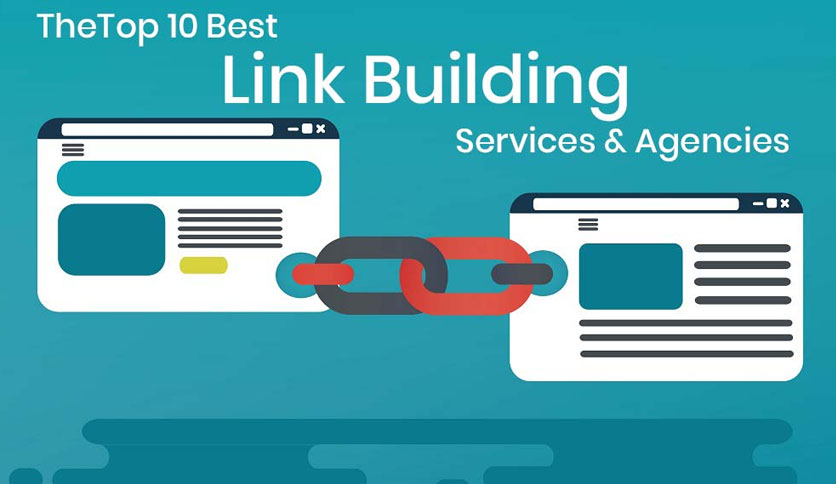If you work in waste management or recycling, you already know how crucial your role is—not just to the environment but to the entire supply chain that keeps our communities clean and sustainable. But let me ask you something: Have you ever thought about how your company’s environmental efforts stack up against global standards? Or whether there’s a way to show clients, regulators, and even your own team that you’re serious about environmental responsibility? That’s where ISO 14001 certification steps into the spotlight.
It’s more than just a fancy badge to hang on your website or letterhead. For companies like yours, it’s a tool that can sharpen your processes, reduce risks, and boost your credibility. But what does it really mean to get ISO 14001 certified? How hard is it? And why should waste management and recycling outfits care more than anyone else? Let’s unpack all that—and then some.
What is ISO 14001 certification Anyway? The Basics for Waste Pros
Think of ISO 14001 certification as the international rulebook for environmental management systems (EMS). It lays out the guidelines organizations use to reduce their environmental footprint. This isn’t about just throwing around vague “green” claims; it’s about having a system that actively manages, monitors, and improves your environmental impact.
For recycling and waste management companies, this hits close to home. Whether you’re hauling industrial waste, running sorting facilities, or finding clever ways to turn scraps into new products, ISO 14001 certification is designed to help you get all that under control with a clear, repeatable approach.
Why Should Waste and Recycling Companies Bother With ISO 14001 certification?
You might be thinking, “We’ve been doing fine without it.” And hey, I get it—running a waste or recycling operation is no walk in the park. But here’s the thing: ISO 14001 certification is more than a sticker of approval. It’s a way to:
- Cut down on environmental incidents. Waste handling is risky—spills, emissions, contamination—you name it. ISO 14001 certification helps you spot trouble spots before they become disasters.
- Improve efficiency. When you understand your processes and their impact better, you can trim waste, save energy, and even save money.
- Win over clients and regulators. Having that certificate tells everyone you’re serious about compliance and sustainability. It’s like having a stamp of trust.
- Empower your team. Clear procedures and responsibilities mean fewer headaches and more pride in the work.
Honestly, the certification process can seem like a hassle at first, but it’s the kind of “investment” that pays off in smoother operations and fewer surprises.
Getting Your Feet Wet: What Does the Certification Process Look Like?
Let me walk you through the rough roadmap. ISO 14001 certification isn’t a secret recipe; it’s a stepwise journey.
Step 1: Scoping and Planning
First up, you identify what parts of your business fall under the EMS. Is it your collection fleet? Sorting facilities? Landfills? All of the above? This step helps you focus.
Step 2: Gap Analysis
Here’s where you take stock—compare what you’re already doing against ISO 14001 requirements. It’s like a check-up to find the gaps in your current environmental management.
Step 3: Build or Refine Your EMS
Now you get to work building processes for:
- Environmental policy and objectives
- Identifying and controlling environmental risks (like waste leakage or emissions)
- Assigning roles and responsibilities
- Training your team
- Documenting everything
This part might sound like paperwork overload, but it’s really about creating a system that keeps you on track.
Step 4: Implementation
Put your EMS into action! This means following the procedures you’ve laid out and making sure your team is onboard.
Step 5: Internal Audits and Management Review
Before the external folks show up, you audit your own house. It’s a chance to fix wrinkles and ensure compliance.
Step 6: Certification Audit
Here come the auditors, checking if your system ticks all the boxes. Pass this, and you get your certificate.
Step 7: Continuous Improvement
ISO 14001 isn’t a “set it and forget it” deal. You keep reviewing and improving your EMS to keep pace with changing laws, technology, or operations.
What Makes ISO 14001 Certification Special for Waste Management?
Here’s a little secret: ISO 14001 isn’t just a generic EMS. It’s flexible enough to fit your unique challenges. Waste management companies face very specific issues:
- Handling hazardous and non-hazardous waste safely
- Preventing leaks and spills that harm soil and water
- Managing emissions from processing facilities and transport
- Ensuring proper disposal or recycling of materials
The standard encourages you to look critically at these challenges, making sure your EMS is designed around what really matters.
You Know What? It’s Not All Paperwork and Procedures
Sure, ISO 14001 requires documentation, but it’s not about drowning your team in forms. It’s about creating a shared language so everyone—from truck drivers to managers—knows the environmental risks and what to do.
Think about a sorting facility. Without clear procedures, a mistake in handling a chemical waste batch could have serious repercussions. But with ISO 14001-trained staff, that risk is minimized because they understand the stakes and the steps.
Plus, the process tends to spark innovation. Companies find themselves discovering better ways to reduce waste, reuse materials, and cut energy use just by having the EMS framework in place.
Let’s Talk Challenges—And How to Overcome Them
No sugar-coating here. Certification can feel like a mountain climb. You might bump into:
- Resistance to change: Staff might be used to “how we’ve always done it.” The key? Involve them early and show the benefits. People want to feel part of the solution, not just the paperwork police.
- Documentation overload: It’s tempting to drown in forms. Focus on practical, useful documents—not bureaucratic clutter.
- Keeping up with evolving regulations: Environmental laws change. Your EMS should be flexible, and ISO 14001 encourages ongoing reviews.
- Resource constraints: Smaller companies might worry about costs and manpower. But the standard scales; you don’t have to overhaul everything at once.
What Tools and Tech Help Smooth the Way?
You know what makes ISO 14001 more manageable? The right tech. From digital audit apps like iAuditor to EMS software platforms like Enablon or Intelex, technology can simplify tracking, reporting, and communication.
These tools help by:
- Centralizing documents and records
- Automating alerts for inspections or corrective actions
- Making audits less painful with digital checklists
- Giving real-time visibility into environmental performance
And if you’re thinking about sustainability reporting, many EMS software suites tie into that too.
A Few Real-World Wins to Inspire You
A mid-sized recycling company in the Midwest implemented ISO 14001 and found that their waste contamination rates dropped by 20% within a year. How? Through better training and process controls that were part of the certification process.
Another example: A waste hauler in Europe used their ISO 14001 certification to win a big municipal contract. The client wanted proof of environmental stewardship, and that certificate sealed the deal.
Why Now Is a Good Time to Think About Certification
Climate change concerns and tighter regulations aren’t going away. Customers and communities are asking more questions. Getting certified now can put you ahead of the curve.
Plus, as circular economy ideas gain traction, having a strong EMS can help you transition from “just hauling waste” to becoming a partner in resource recovery and sustainability.
Final Thoughts: ISO 14001 Certification Is Your Environmental Edge
Here’s the takeaway: ISO 14001 isn’t just a checkbox—it’s a way to make your company smarter about the environment. For waste management and recycling companies, it can transform the daily grind into a structured, efficient, and responsible operation.
It protects your business from risks, enhances your reputation, and frankly, makes your work more satisfying. Because when you know you’re doing your part to keep the planet clean, it’s easier to get up and face the day.


